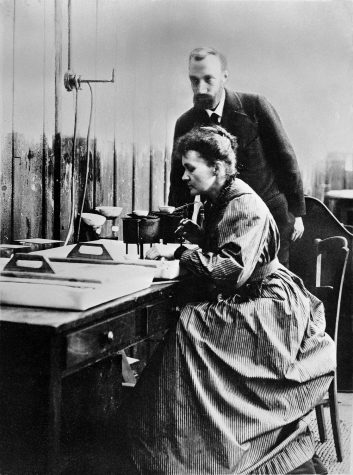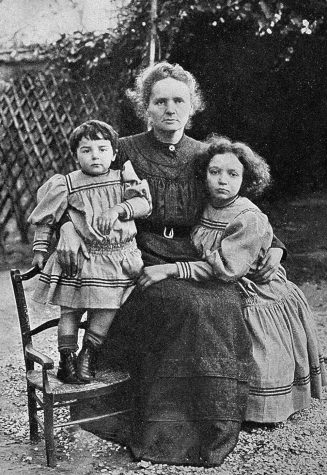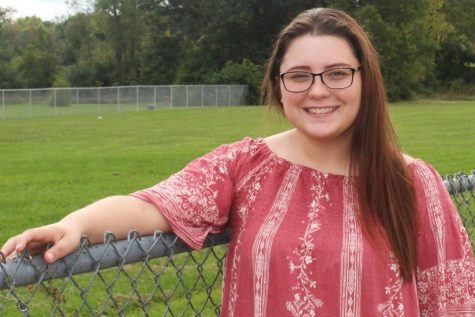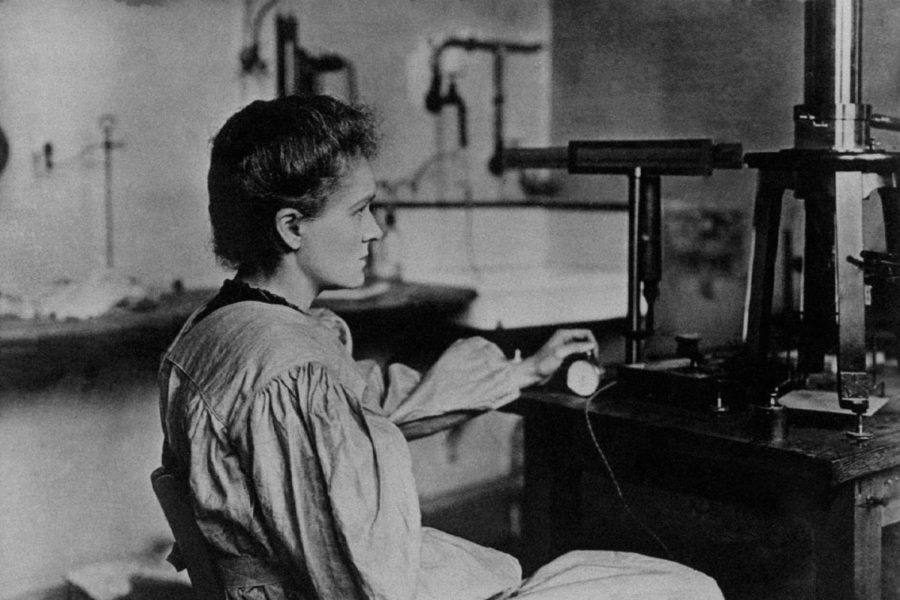Women’s History Month: Marie Curie set the stage for women in science
IMAGE / Wikimedia Commons
Marie Curie spent most of her life in the lab, paving the way for future female scientists.
This is part three of a five-part series.
March is Women’s History Month, and throughout history many women have opened pathways for future generations in the workforce.
Junior Samantha Timm believes that scientist Marie Curie set the stage for women interested in the field of chemistry.
“Curie has given other women the strength to go into jobs that relate to chemistry,” Timm said. “Her work has inspired many, including me.”
On Nov. 7, 1867, two poor Warsaw school teachers gave birth to their fifth child, naming her Maria Sklodowska, who later became Marie Curie.
At a young age, Curie’s mother died and her father was left to care for her and her four siblings with what little money they had.
In 1891, Curie moved to Paris where she continued her education at Sorbonne University, also known as the University of Paris.
She obtained licenses in physics and the mathematical sciences.
In 1894, she met a physics professor by the name of Pierre Curie at Sorbonne.
In just a year, the two were married.
Marie is known for creating opportunities for women in the mathematical and science communities.
She and Pierre worked on many research projects together.
The amount of research the two completed forced them to attain an abundance of instruction from other scientists before they could earn any type of livelihood from their jobs.
The Curies were inspired to work when physicist Henri Becquerel found radioactivity in 1896 at one of the laboratories at Sorbonne.

Marie and Pierre Curie spent most of their time together working in a lab.
Inspired by this phenomenon, the researchers found a way to isolate the element polonium.
It is said that the element is named after where Marie was born.
The Curies also discovered the element radium.
Marie isolated radium from radioactive residues in large quantities to further her findings of its characteristics.
She studied its therapeutic properties and how it could be used to ease suffering.
Marie became the head of the physics laboratory at Sorbonne in 1903, where she then earned her doctorate of science.
Pierre died in 1906, leaving Marie to become the professor of general physics in the faculty of sciences.
Marie and Pierre had two daughters named Irene and Eve.
During World War I, Marie and her oldest daughter Irene devoted their lives to understanding the positive uses of radium.

Marie Curie (center) sits with her two daughters, Eve (left) and Irene (right).
They created small mobile X-ray units that allowed soldiers to have their injuries identified quickly.
Marie had a passion to push past the odds that were stacked against her.
She received two Nobel Prizes for her contributions to the science community.
She won her first in 1903, which was shared with Pierre for their work on radioactivity.
In 1911, Marie obtained her second Nobel Prize for creating a measuring system for radioactivity.
Over her lifetime, Marie received many more awards for her accomplishments, including the Davy Medal, the Matteucci Medal, the Elliott Cresson Medal, and the Willard Gibbs Award.
Marie once said, “Nothing in life is to be feared, it is only to be understood. Now is the time to understand more, so that we may fear less.”

Birthday: Aug. 30, 2001
Hobbies/Interest: I enjoy bowling, reading, hanging out with friends, and watching Netflix.
Favorite Quote: "Being...






